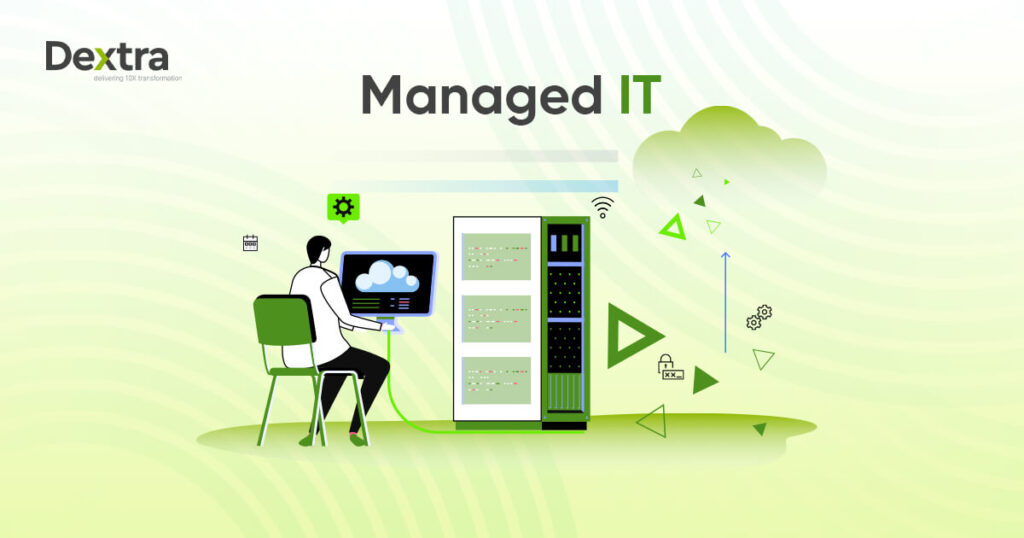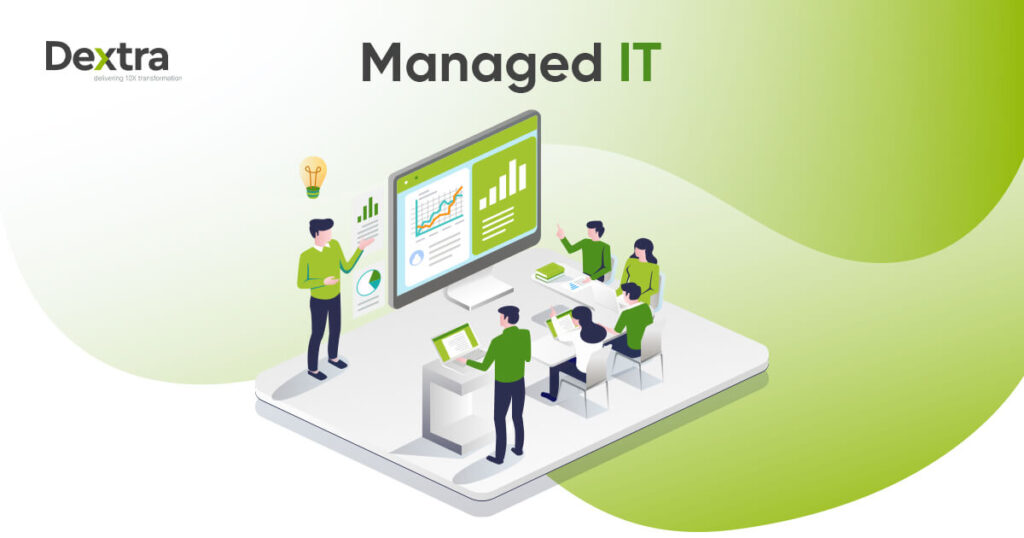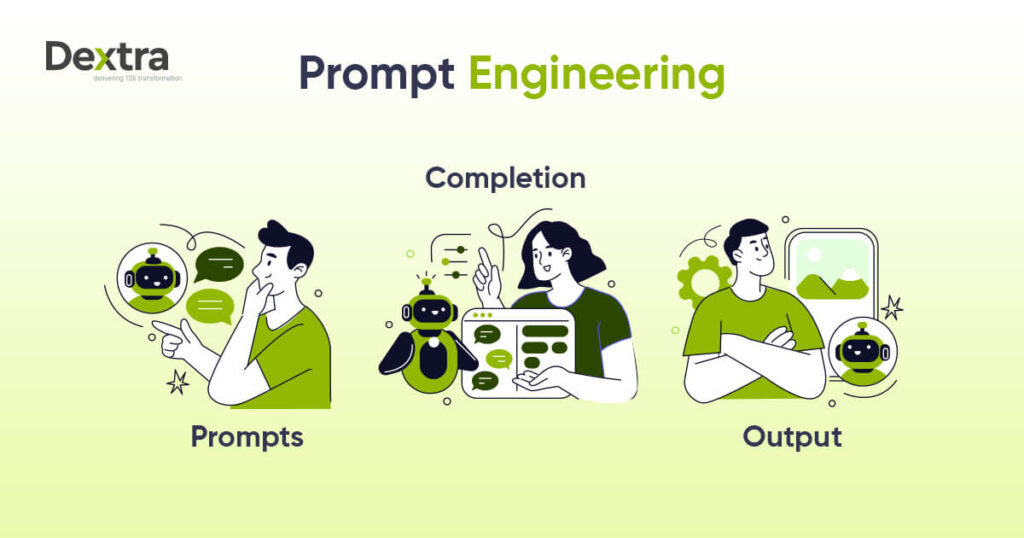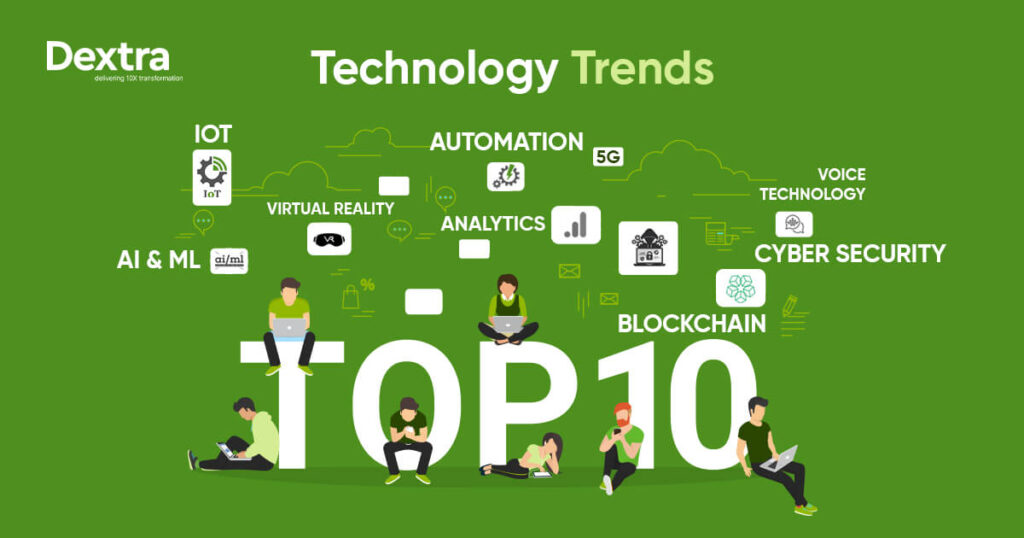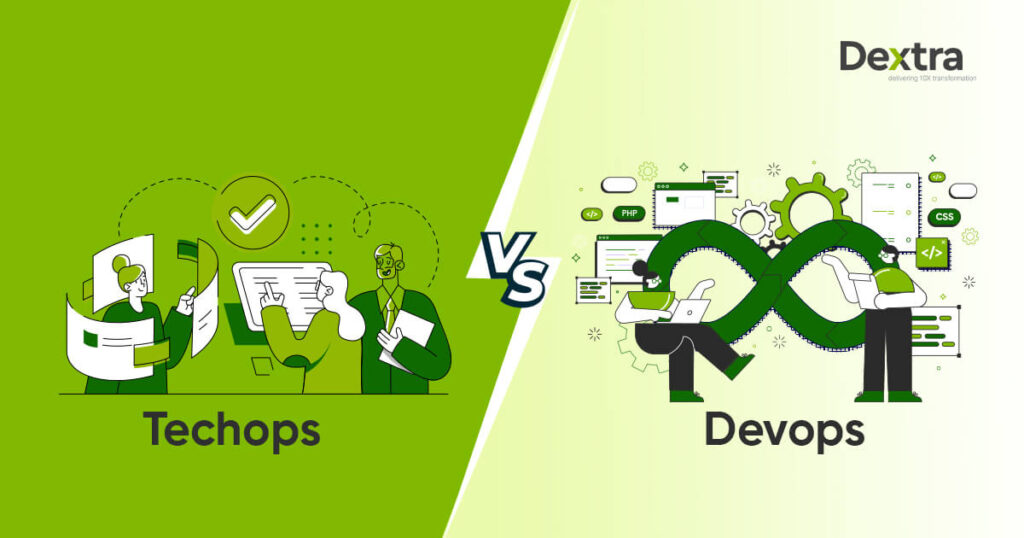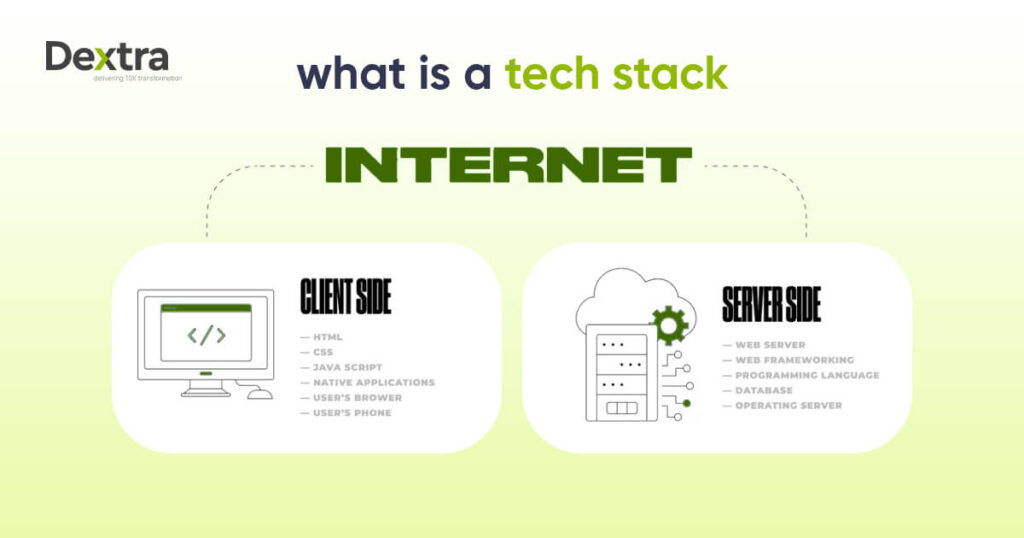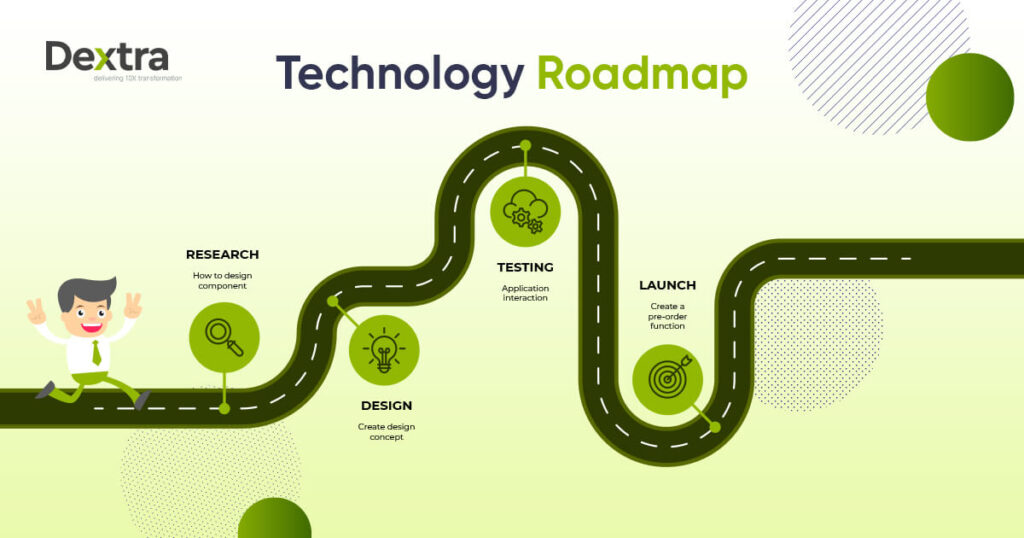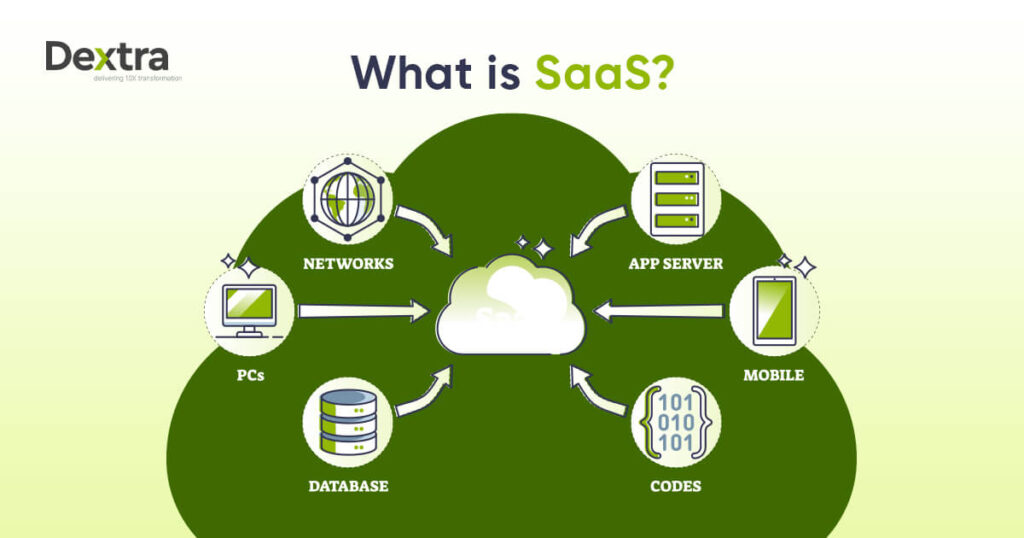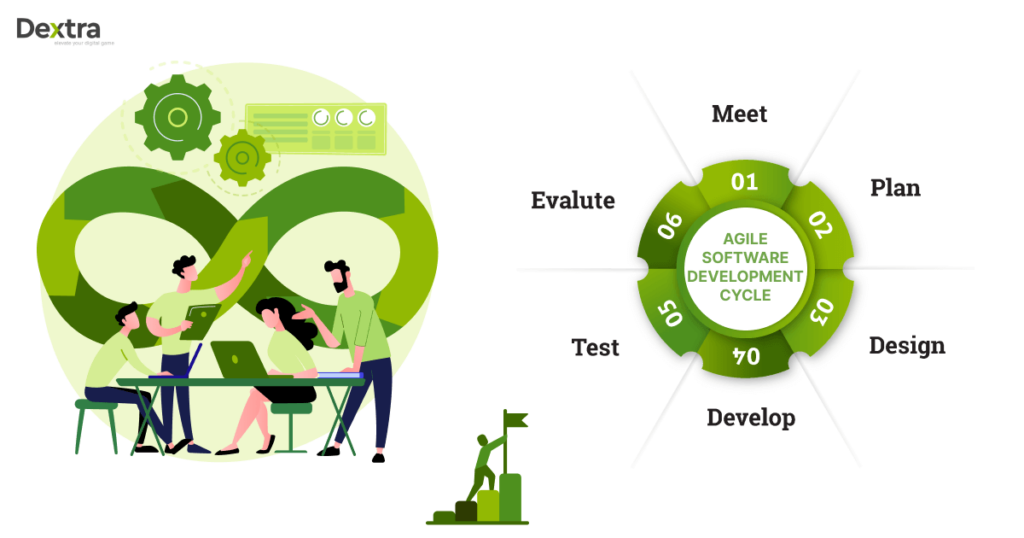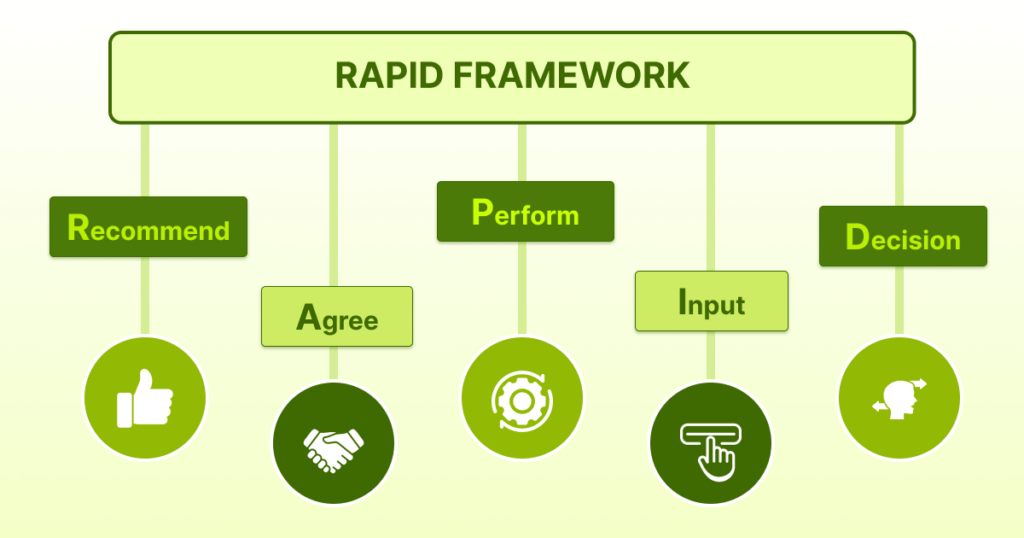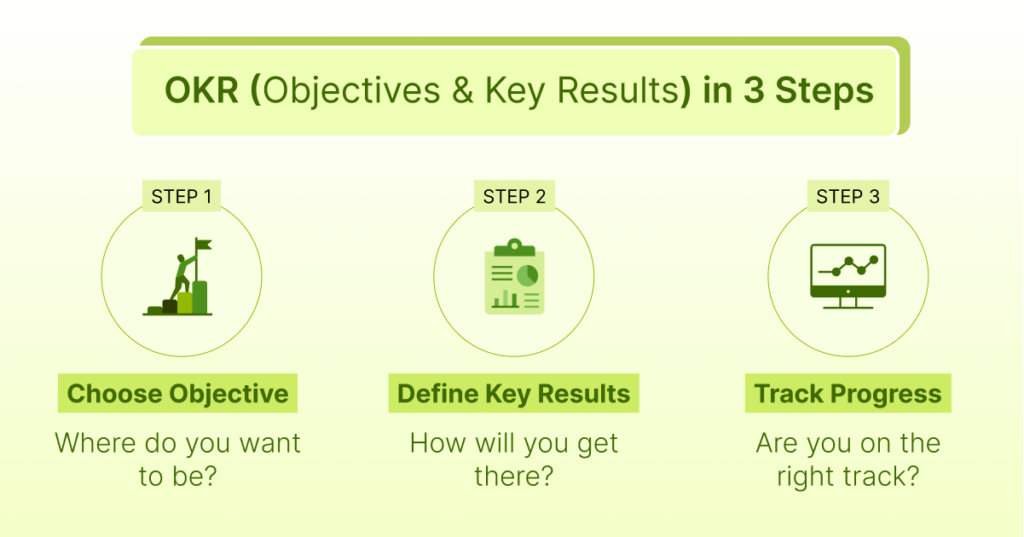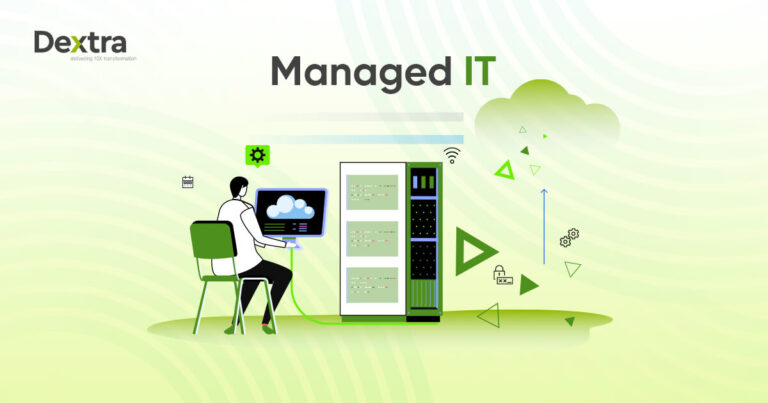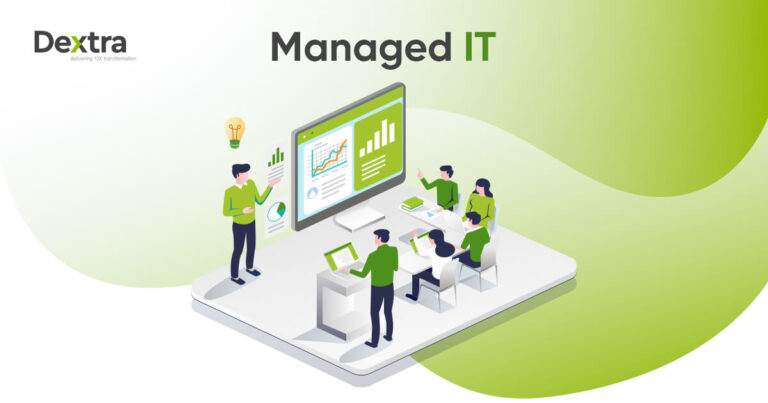Technical due diligence is the end-to-end assessment of a business’ technology infrastructure, systems, processes, and assets. Investors, partners or acquirers conduct thorough technical due diligence prior to going ahead with investment commitments.
Tech due diligence is a critical process in assessing the feasibility, risks, and opportunities associated with a business or technology-focused investment or acquisition.
Here’s a Concise Checklist Covering Key Areas To Consider:
Technology Infrastructure:
- Assess the current state of hardware, including servers, networking equipment, and storage solutions.
- Evaluate software systems and platforms in use, including operating systems, databases, and enterprise applications.
- Determine the scalability and reliability of the infrastructure to support business growth.
Intellectual Property (IP) Assets:
- Review patents, trademarks, copyrights, and trade secrets owned by the business.
- Verify the ownership and validity of IP assets, ensuring they are properly documented and protected.
- Assess any pending litigation or disputes related to intellectual property.
Software Development Practices:
- Evaluate the software development lifecycle, including methodologies, tools, and quality assurance processes.
- Review code repositories, version control systems, and documentation practices.
- Assess the competency and experience of the development team.
Cybersecurity Measures:
- Conduct a security audit to identify vulnerabilities and assess the effectiveness of existing security measures.
- Review access controls, encryption protocols, and incident response procedures.
- Evaluate compliance with relevant regulatory standards, such as GDPR or HIPAA.
Data Privacy Compliance:
- Assess the collection, storage, and usage of personal data, ensuring compliance with privacy regulations.
- Review data handling policies and procedures, including consent mechanisms and data retention practices.
- Identify any past breaches or incidents involving data privacy.
IT Operations and Support:
- Evaluate IT service management practices, including helpdesk procedures, system monitoring, and disaster recovery plans.
- Review vendor relationships and service level agreements (SLAs) for critical IT services.
- Assess the level of internal IT expertise and capability.
Product and Technology Roadmap:
- Understand the current product offerings and technology stack.
- Review the product roadmap and development plans to assess future innovation and competitiveness.
- Evaluate alignment with industry trends and emerging technologies.
Technical Debt and Legacy Systems:
- Identify any significant technical debt or legacy systems that may impact future scalability or maintenance.
- Assess plans for addressing technical debt and modernizing legacy systems.
- Evaluate the risks associated with dependencies on outdated technologies.
Infrastructure and Cloud Strategy:
- Assess the use of cloud services and the suitability of the chosen cloud providers.
- Review infrastructure costs and optimization strategies.
- Evaluate disaster recovery and business continuity plans for cloud-based systems.
Compliance and Regulatory Considerations:
- Review compliance with industry-specific regulations, such as FDA regulations for healthcare or PCI DSS for payment processing.
- Assess any environmental or safety regulations relevant to the business operations.
- Identify any outstanding compliance issues or regulatory risks.
Technical Talent and Skills:
- Evaluate the expertise and experience of the technical team, including key personnel and their roles.
- Assess the availability of technical talent in the market and any talent retention risks.
- Identify any gaps in technical skills needed to execute the company’s strategy.
Technical Documentation and Knowledge Management:
- Review documentation for systems, processes, and procedures.
- Assess the organization’s knowledge management practices and the availability of institutional knowledge.
- Identify any areas where documentation or knowledge transfer may be lacking.
By systematically addressing these key areas, a thorough technical due diligence process can provide valuable insights into the technological strengths, weaknesses, and risks associated with a business or investment opportunity. It provides all interested stakeholders with a comprehensive understanding of the business’ technology blueprint and enables them to make informed decisions resulting in long-term success and sustainability of the business.
Is your business technical due diligence ready? Dextralabs has been assisting businesses across diverse industry verticals with technical due diligence and enabling them to seek funding and grow as per estimations. Connect with our experts to know more.


